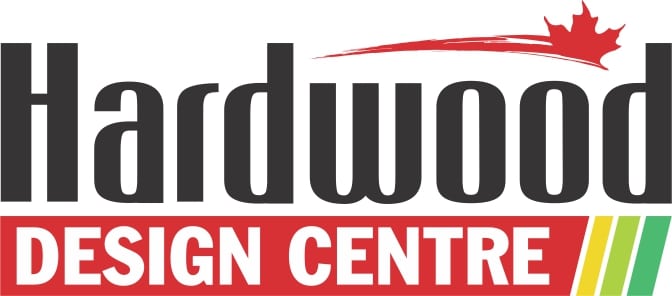Ruminating on engineered floors, you can have a plethora of alternatives before you. Your decision will count on your budget, décor demand and utility of the flooring material. Whether natural or nature-identical, each kind of flooring has its characteristics. It is better to do a little more brainwork first than lament later. While vinyl flawlessly captures the lustrous look of tiles and marbles, laminate flooring benefits you with affordable imprinted texture of wood.
In case originality is your preference hardwood and engineered flooring will satiate you. Made better with intellect and technology, engineered flooring is cost-effective and less sensitive to humidity fluctuations.
It is engineered to be fitter by implementing the concept of multiple layers. The inner layers are formed by placing plywood planks in cross-dimensional manner. The number of layers depends on the thickness of the top-most visible veneer of solid wood.
Although there are many types of natural wood which compose the solid veneer of engineered flooring, Maple and Red Oak are used principally for their inherent qualities.
Are you wondering, how the engineered floor treatment is profitable?
- Instead of using all wood, only the visible layer is made of hardwood. This logic reduces expenditure at your end.
- The dimensional stability of engineered floor makes it less responsive to variation in air moisture. This assures structural balance of the floor set-up.
- All organic engineered floors are environment friendly. Devoid of artificial or harmful composites, engineered flooring is suitable for all homes and professional institutions.
- For issues concerning damage, solid engineered wood floors can be repaired or replaced with ease.
- The wood floor demands simple maintenance of regular sweeping and mopping with specified cleansers.
Characteristics of Maple and Oak
Appearance: Your aesthetic sense cannot miss the appeal of maple. While red oak will exhilarate you with rosy flare and attractive patterns of grains.
Resistance: Green and breathy, maple responds to heat and humidity. Environmental ups and downs cause the integrity of the structure to wane, making it move and cleave. Oak is sturdy and does not expand or contract with alteration in temperature and humidity.
Maple is apt for places which have low traffic, because it is susceptible to scratches. Else, hard maple with tight cell structure is made resilient to easy wear and tear. Maple throbs with vibrant vermillion, jasper or olive shades while red oak presents mellowed presence in brown, golden or beige. Planks of maple and oak are readily available with lustrous or matte finish.
